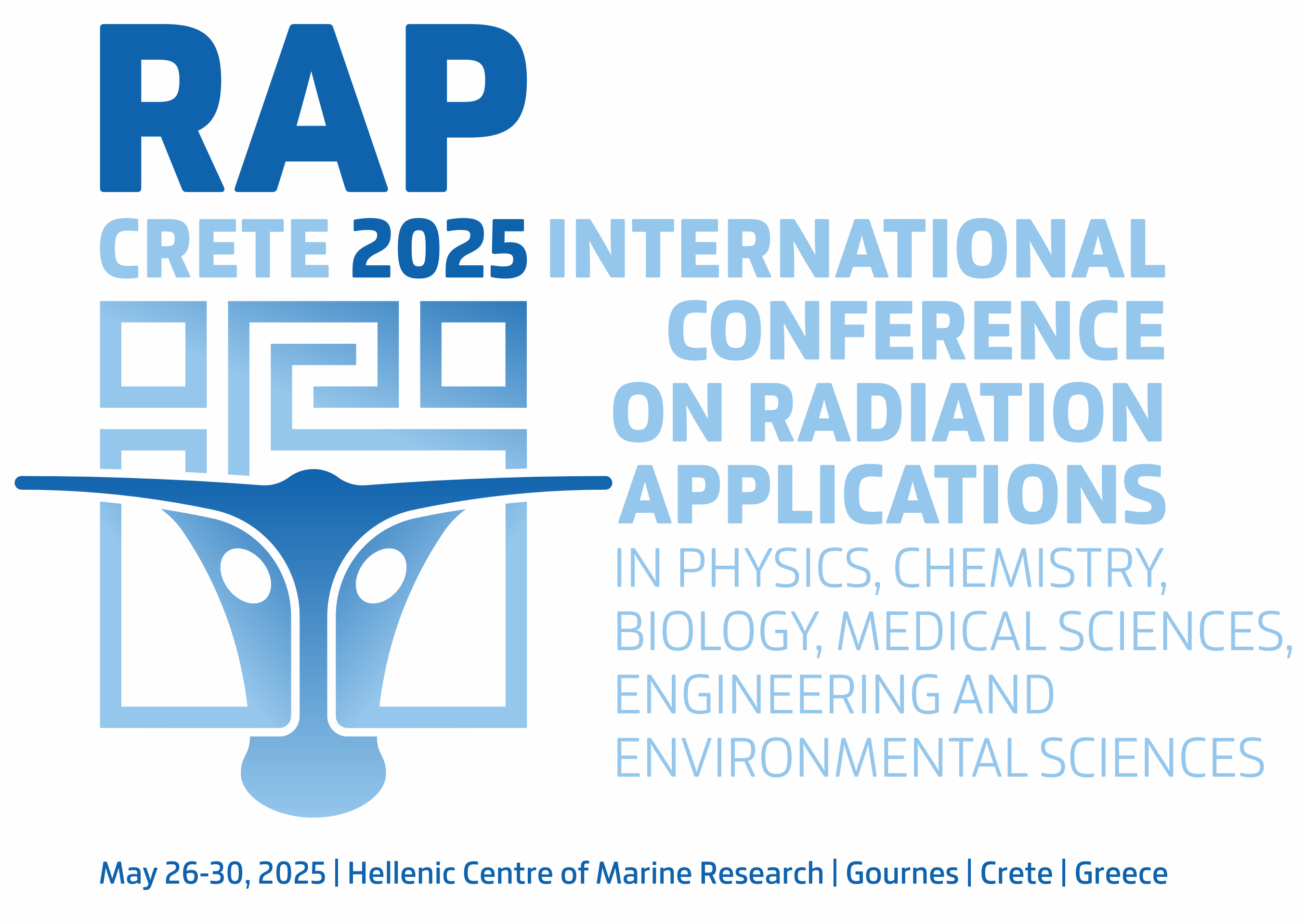Vol. 4, 2019
Biophysics
BLUE LIGHT REDUCING SOFTWARE APPLICATIONS FOR MOBILE PHONE SCREENS: MEASUREMENT OF SPECTRAL CHARACTERISTICS AND BIOLOGICAL PARAMETERS
S. Mitropoulos, V. Tsiantos, A. Americanos, I. Sianoudis, A. Skouroliakou
Pages: 220–224
DOI: 10.37392/RapProc.2019.45
Abstract | References | Full Text (PDF)
The displays of the majority of electronic devices nowadays are illuminated by Light-Emitting Diodes (LEDs) or Organic Light-Emitting Diodes (OLEDs). These types of light sources have certain advantages regarding colour variety, contrast, resolution and the ability to construct thinner screens. Nevertheless, recent research raises concern of possible negative biological impact of these display types on visual health and the circadian rhythm. The biological basis of the concern lies in the emission spectra of the light sources. The white LEDs used as backlights in LED screens have a characteristic emission spectrum with a peak at 450 nm and the Red-Green-Blue (RGB) OLED emission spectrum has a blue peak. Both of them are very close to the 460nm where the melanopsin retina pigment presents the maximum absorption. In order to reduce the blue light emission several techniques have been developed including hardware adjustments, external filters and software applications that control the emission display characteristics. This study aims to record the performance of several available software applications on different mobile phone models. The spectral power distributions of the mobile phone screen were recorded by means of a commercial radiospectrometer, without and with the use of the blue light reducing software application, for various blue light filtering levels depending on the application. Several photometric and circadian parameters were calculated from the available spectra such as circadian light input, photopic illuminance and melatonin suppression index. The results of the study are the recordings of the respective differences in mobile screen output with and without the use of the blue light reduction application, presented in terms of spectral power and biologically relevant parameters. The analysis of the measuring procedure and the obtained results lead to an evaluation of the application performance variation depending on the mobile phone type and a standardised measurement protocol in order to have comparable results that could be used for blue light reducing software applications performance evaluation.
- M. S. Rea, M. G. Figueiro, A. Bierman, J. D. Bullough, “Circadian light,” J. Circadian Rhythms., vol. 8, no. 2, pp. 1 – 10, Feb. 2010.
DOI: 10.1186/1740-3391-8-2
PMid: 20377841
PMCid: PMC2851666 - M. G. Figueiro, R. Hamner, A. Bierman, M. S. Rea, “Comparisons of three practical field devices used to measure personal light exposures and activity levels,” Ligh. Res. Technol., vol. 45, no. 4, pp. 421 - 434, Aug. 2013.
DOI: 10.1177/1477153512450453
PMid: 24443644
PMCid: PMC3892948 - Opinion on Potential risks to human health of Light Emitting Diodes (LEDs), SCHEER, Brussels, Belgium, 2018.
Retrieved from: https://ec.europa.eu/health/sites/health/files/scientific_committees/scheer/docs/scheer_o_011.pdf
Retrieved on: Jul. 14, 2019. - J. F. Duffy, C. A. Czeisler, “Effect of Light on Human Circadian Physiology,” Sleep Med. Clin., vol. 4, no. 2, pp. 165 - 177, Jun. 2009.
DOI: 10.1016/j.jsmc.2009.01.004
PMid: 20161220
PMCid: PMC2717723 - G. Glickman, R. Levin, G. C. Brainard, “Ocular input for human melatonin regulation: relevance to breast cancer,” Neuro Endocrinol. Lett., vol. 23, suppl 2: pp. 17 - 22, Jul. 2002.
PMid: 12163843 - G. C. Brainard et al., “Action spectrum for melatonin regulation in humans: evidence for a novel circadian photoreceptor,” J. Neurosci., vol. 21, no. 16, pp. 6405 – 6412, Aug. 2001.
PMid: 11487664
PMCid: PMC6763155 - K. Thapan, J. Arendt, D. J. Skene, “An action spectrum for melatonin suppression: evidence for a novel non-rod, non-cone photoreceptor system in humans,” J. Physiol., vol. 535, no. 1, pp. 261 – 267, Aug. 2001.
DOI: 10.1111/j.1469-7793.2001.t01-1-00261.x
PMid: 11507175
PMCid: PMC2278766 - M. Aubé, J. Roby, M. Kocifaj, “Evaluating potential spectral impacts of various artificial lights on melatonin suppression, photosynthesis, and star visibility,” PloS One, vol. 8, no. 7, pp. 1 - 15, Jul. 2013.
DOI: 10.1371/journal.pone.0067798
PMid: 23861808
PMCid: PMC3702543 - F. Falchi, P. Cinzano, C. D. Elvidge, D. M. Keith, A. Haim, “Limiting the impact of light pollution on human health, environment and stellar visibility,” J. Environ. Manage., vol. 92, no. 10, pp. 2714 – 2722, Oct. 2011.
DOI: 10.1016/j.jenvman.2011.06.029
PMid: 21745709 - M. S. Rea, M. G. Figueiro, “Light as a circadian stimulus for architectural lighting,” Light. Res. Technol., vol. 50, no. 4, Dec. 2016.
DOI: 10.1177/1477153516682368 - Circadian stimulus calculator, Rensselaer Polytechnic Institute, Troy (NY), USA, 2018.
Retrieved from: https://www.lrc.rpi.edu/cscalculator/
Retrieved on: Feb. 12, 2019 - D. Gall, K. Bieske, “Definition and measurement of circadian radiometric quantities,” in Proc. CIE Symp. `04: Light and Health, Vienna, Austria, 2004, pp. 129 – 132.
Retrieved from: http://www.cie.co.at/publications/cie-symposium-2004-light-and-health-non-visual-effects-30-september-2-october-2004
Retrieved on: Apr. 11, 2019 - J. Escofet, S. Bara, “Reducing the circadian input from self-luminous devices using hardware filters and software applications,” Light. Res. Technol., vol. 49, no. 4, Dec. 2015.
DOI: 10.1177/1477153515621946 - L. T. Sharpe, A. Stockman, W. Jagla, H. Jägle, “A luminous efficiency function, V*(lambda), for daylight adaptation,” J. Vis., vol. 5, no. 11, pp. 948 – 968, Dec. 2005.
DOI: 10.1167/5.11.3
PMid: 16441195


